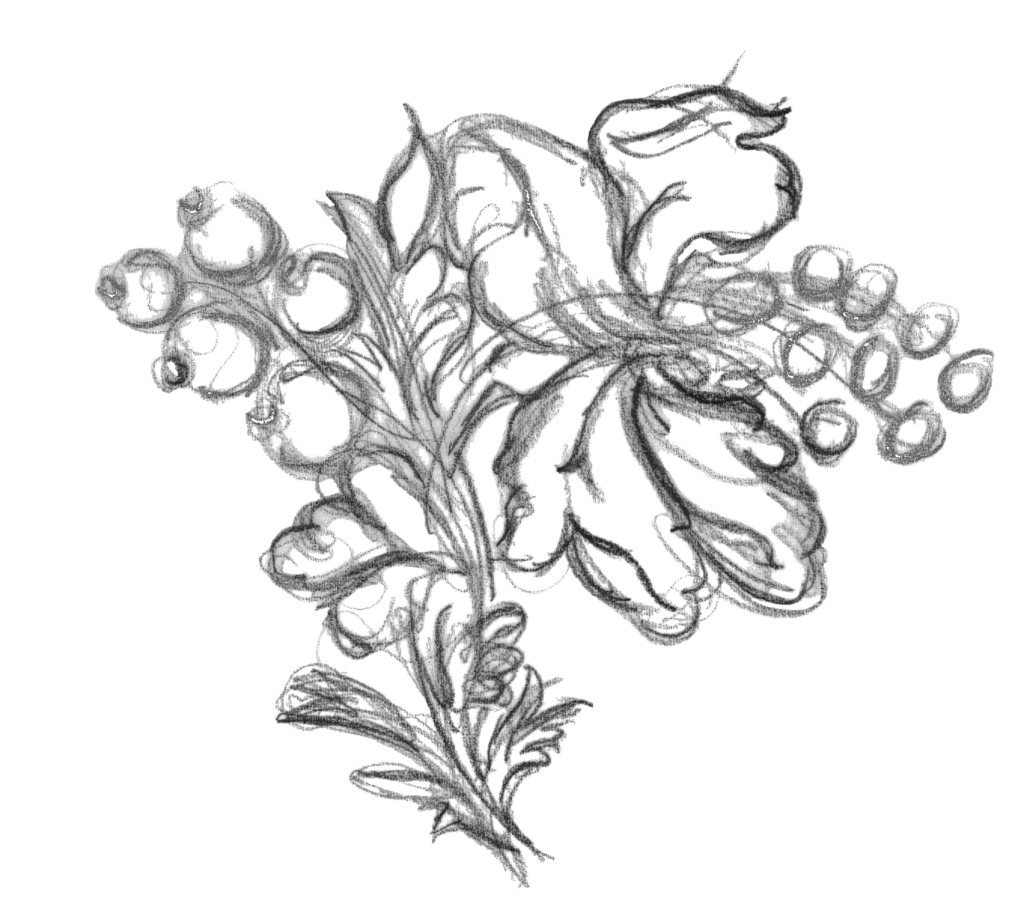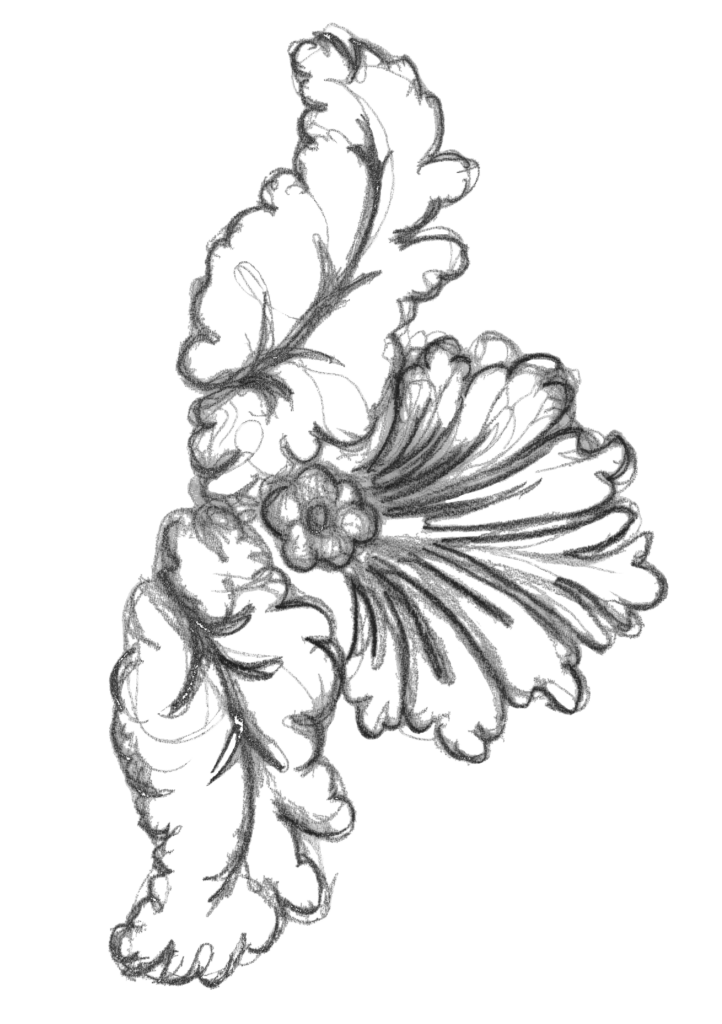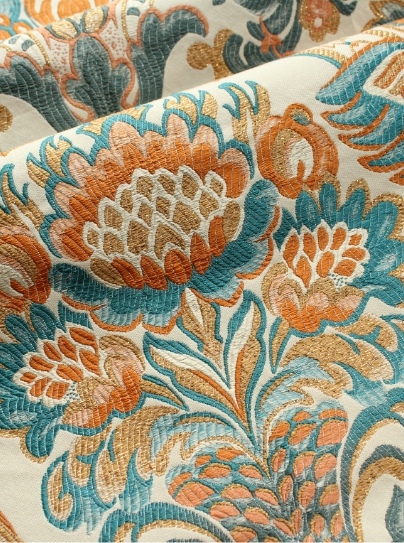Auckland Castle reopens following extensive restoration
The three year restoration of Auckland Castle was completed in 2019 following a Lottery Heritage Grant of £12.4m. This included new Auckland Castle fabrics from Humphries Weaving.
The present structure dates from 1180 and was periodically expanded over the centuries, including interior remodelling by James Wyatt in the late 18th century in the Gothic revival style. The interiors have been re imagined at different periods in the castles history for visitors to follow in the footsteps of the Bishops that lived there.
Quoted from the financial times article of Sunday 17th November 2019 “The Splendour of the state rooms dates from 1791-95, when Bishop Shute Barrington commissioned Wyatt to remodel the interiors and create a new processional route. The series of rooms, including the grand staircase, was designed to delay visitors moving through the castle, increasing their anticipation of meeting the bishop.”
One of the Auckland Castle fabrics supplied by Humphries Weaving was a blue damask for the curtains in the Throne Room. Annabel Westman, textile historian and interiors consultant, cited a 1791 account by the Bishop’s secretary, which described them as “Blue India damask lined with crimson stuff”.
Under the direction of Clare Baron, Curator and Annabel Westman, the blue colour theme for the room was selected from the 1823 John Rutter coloured illustrations of Fonthill Abbey, Wiltshire. The illustrations can be found in the British Library and Royal Collection. The scheme was formed around these illustrations as the interiors for Auckland Castle and Fonthill Abbey were designed by leading 18th century architect by James Wyatt.
The design selected for the room can also be found at Belton House in the Blue Bedroom as well as at Woburn Abbey and Belvoir Castle. There is a very similar design in the Isabella Stewart Gardner Museum Collection Boston USA.
Natalie Jones from Humphries Weaving, says: “Our colourist used archive material to create a ‘recipe’ for the dye, reading each colour by eye to decide whether or not to add one-100th of a millilitre of dye.”
In the Long Dinning Room Humphries Weaving were commissioned to weave a green silk and linen repp with Moiré finish for curtains. The rich green colouring was supplied by Auckland Castle in the form of a wool tammy fabric and copied by Humphries Weaving to match. The Moiré finish in the cloth is uncontrolled and creates a distinct and unique patina within the fabric.
[list]
[list_item icon=”ss-link”]Auckland Castle[/list_item]
[list_item icon=”ss-link”]The Guardian First Look[/list_item]
[list_item icon=”ss-link”]The Financial Times[/list_item]
[/list]
- Humphries Weaving is a leading British manufacturer of custom Jacquard fabrics proudly based in Sudbury, Suffolk. We believe in design excellence and integrity above all else and use our extensive knowledge, unique archive, and technical skill to produce beautiful and interesting fabrics for the world’s most prestigious clients. For more information visit; www.humphriesweaving.co.uk
- The Auckland Project is like nothing you’ve come across before. It’s a project that spans over a thousand years, seven venues in one beautiful setting.We’re all about Bishop Auckland, a small town but one with a big history and big ambitions. www.aucklandproject.org
- Annabel Westman is Executive Director of The Attingham Trust for the study of historic houses and collections and has a distinguished reputation as an independent textile historian and consultant. She is a trustee of Stowe House Preservation Trust and was appointed a Fellow of the Society of Antiquaries in 1997.









